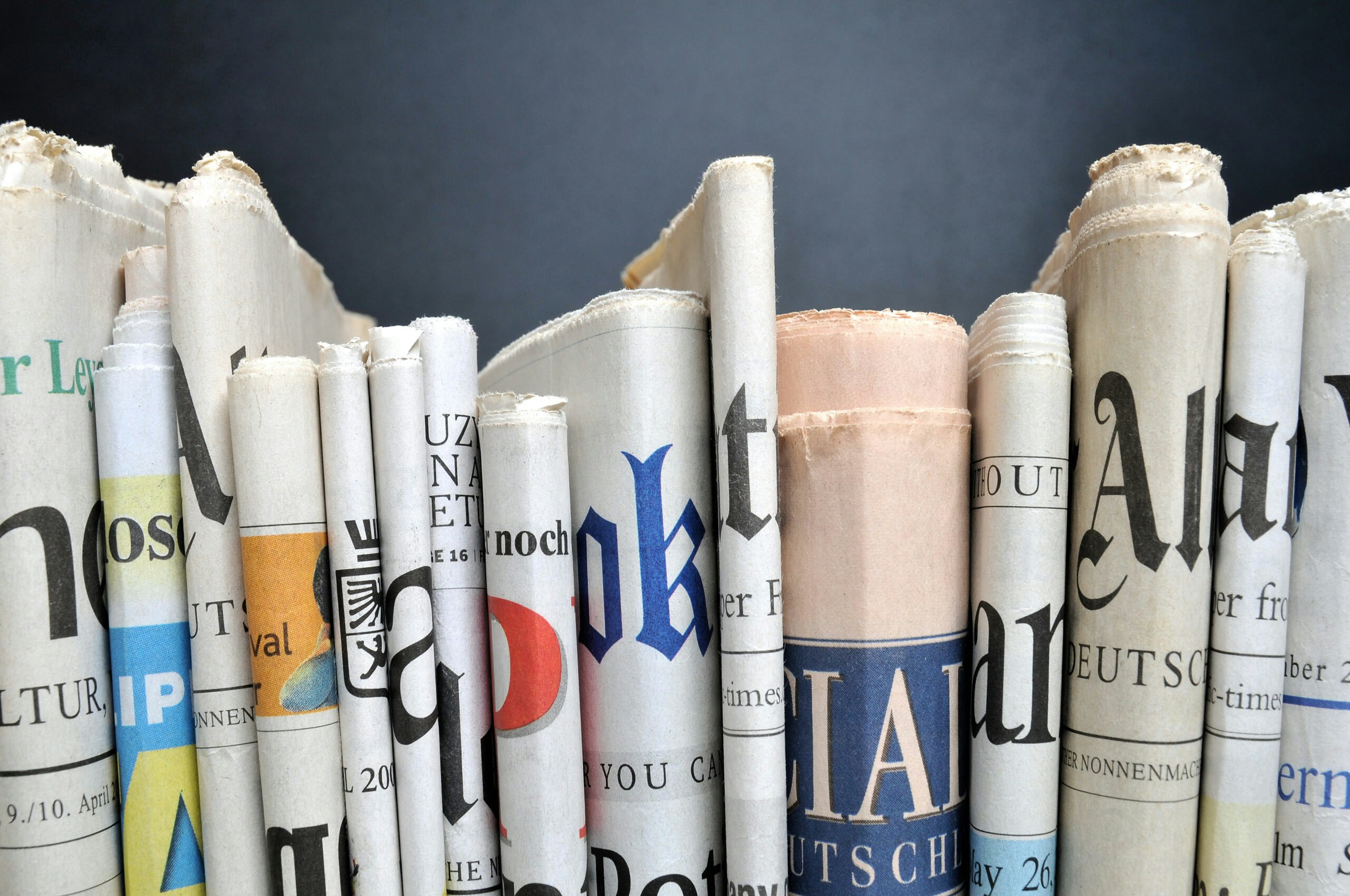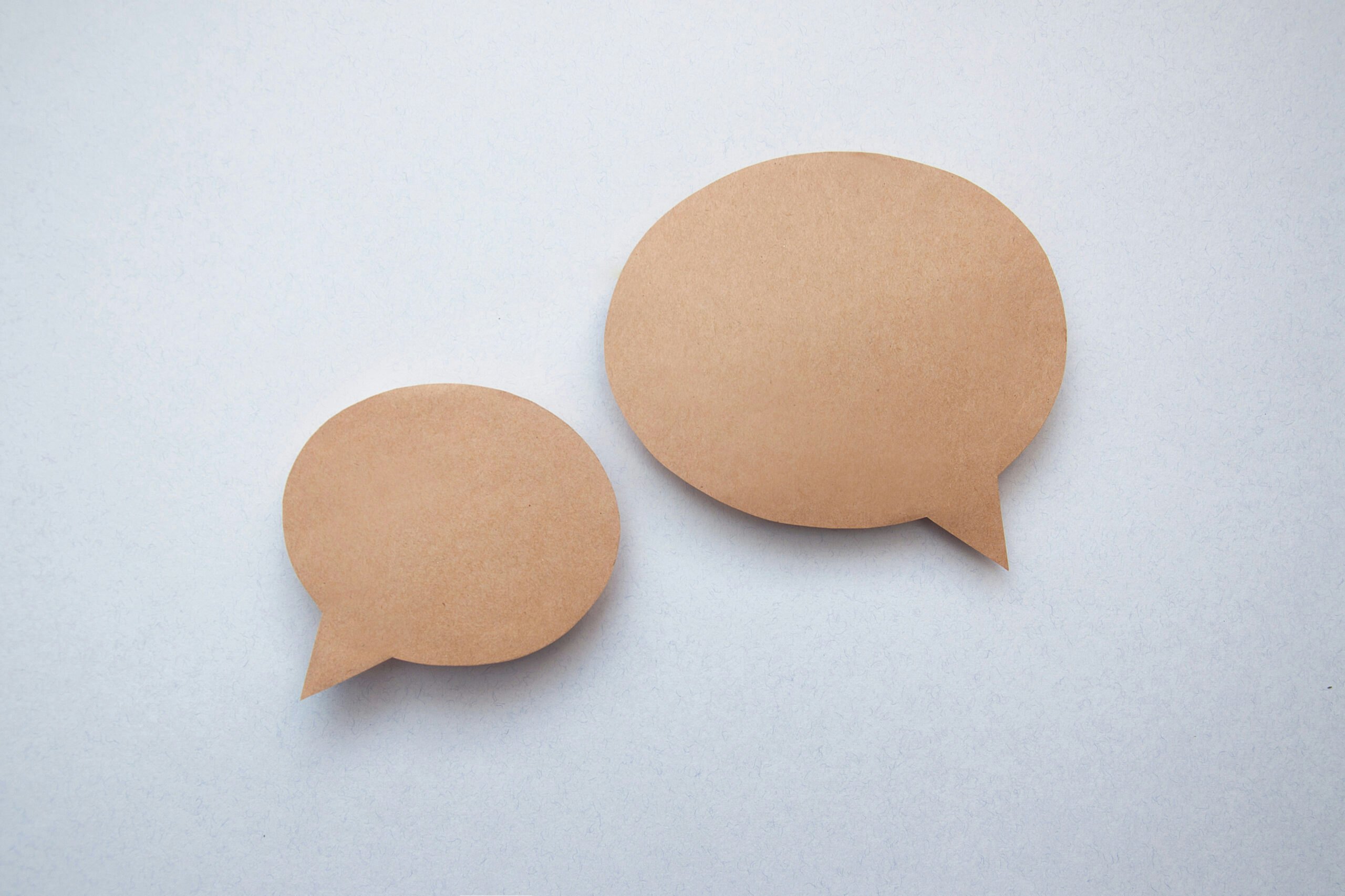The horror unfolding in the Middle East raises to a new level the question many Americans as well as people around the world frequently ask in our digital age: Where can I go for accurate information? When most anyone with a cellphone can arguably be a journalist, reporting and commenting on events swirling around them, answering this question takes on greater urgency.
Spoiler alert here: There is no single source of information that is 100% accurate, 100% of the time. Let us disabuse ourselves of the notion that we will find such a place.
There is a way, though, to answer the question. And it starts and ends with turning to sources where those presenting, sharing, or reporting information are trained in the protocols of gathering the news.
This point is especially important for 18-to-29-year-olds, who the Pew Research Center reports put almost as much trust in information they receive from social media as they do in reports from national news organizations. Pew also found that those who get most of their news from social media are less likely to get the facts right about politics and are more likely to hear some unproven claims. (Pew found Americans 30 and older still put more trust – sometimes far more trust – in both national and local news organizations.)
Let me offer the Associated Press (AP) as an example. The organization has reporters based around the world who are trained in hearing all sides of a story, who have multiple sources on the ground, and know how to question officials. AP journalists know their job is not to buy the spin, but it also is not their job to bleed their views into a story.
They also have teams of editors who are trained in asking reporters fact-based questions, all to focus on ensuring the report they are about to release on the wire service is as accurate as possible. Skilled editors know that they must take a moment in the rush to get information out to ask: Is this true? What else might we not know? Skilled editors are also trained to guard against any biases a reporter might bring to a story.
This is all part of the process of striving for accuracy, which is what sophisticated news consumers want. A 2021 Media insight Project study conducted by the American Press Institute and the Associated Press-NORC Center for Public Affairs Research found that survey respondents most valued accuracy.
Being accurate in reporting especially requires knowing one’s beat. That comes from being well sourced in a subject or a region, such as in the Middle East. Knowing multiple sources to call and where to look for documents and understanding the area’s customs and mores can increase the chances that news consumers are reading, listening to, or viewing reliable information.
To be sure, the AP, like the New York Times and a number of other news organizations, missed the call at first on the bombing of a Palestinian hospital last week. The headlines of a number of news organizations initially cited Palestinian authorities who attributed the attacks to the Israelis. Some critics accused the organizations of harboring a pro-Palestinian bias.
Later, as more information came out, the news organizations adjusted their headlines. Also, a follow-up in-depth AP investigation examined more than a dozen videos surrounding the attack, plus the organization conducted interviews with numerous experts in open-source intelligence, geo-location, and rocketry. The AP likewise studied satellite images of the area. The news organization concluded that an errant missile from Gaza likely caused the attack.
Similarly, the Times published a story on Sunday, October 22 in which the newspaper reported that Hamas had not produced or described any evidence that Israel struck the hospital. The report, in which the Times acknowledged its initial headline about the hospital, carried this title: “Hamas fails to Make Case That Israel Struck Hospital.”
It would have been best if news organizations had gotten the headlines right the first time. But the AP, for example, took a pause, did deeper work, and came up with a more thorough response.
And, if organizations that emphasize the fundamentals of reporting don’t get it right, they are trained to run retractions. The Dallas Morning News ran a jaw-dropping front-page correction earlier this fall about a local story they got wrong. Think of that the next time you are evaluating what you are reading or viewing: Does the source of the information say anything about how it handles clarifications or corrections?
Jessica Yellin, the former ABC News and CNN reporter who now runs NewsNotNoise, noted in an Instagram video the importance of checking to see if any other organization with a track record of verifying sources has reported on an event like a bombing or a video circulating on social media. If not, wait a moment before assuming it’s true.
And be skeptical of information that plays heavily on your emotions. Chances are, it’s trying to elicit a visceral reaction, not give you a verified report that helps you make an informed decision.
Finally, we as consumers of information also have an obligation – a big one – to find an answer to the question posed at the outset. Next time a friend or family member sends some story or video our way, pause and check the source.
That’s especially important in turbulent moments like those the Mideast is now experiencing. Before we assume some information coming our way is true, dig into it. If we don’t, it’s on us the next time we decry “fake news.” As Yellin put it, “In a sense, we are all soldiers in this information war.”




























